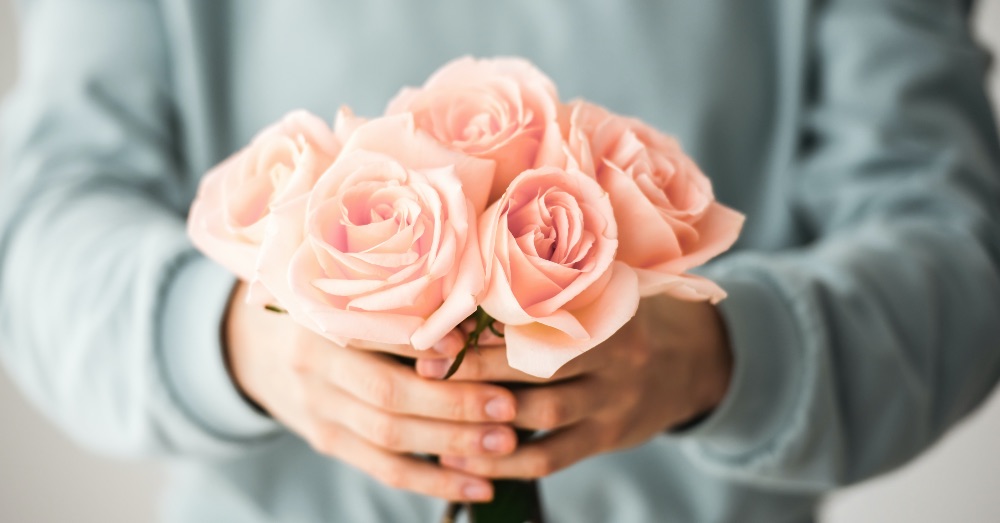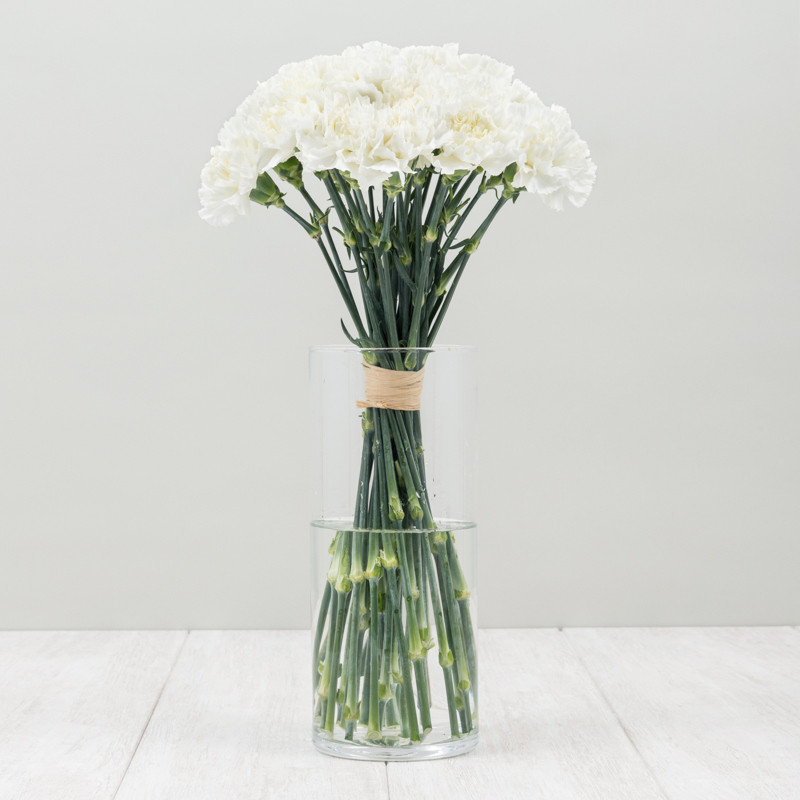What does it mean to give flowers?


Although we usually put it into practice, we are largely unaware of the meaning of giving flowers. We usually do it on special days such as birthdays, on celebration dates such as Mother’s Day, but also to welcome someone to the world or say goodbye to a person. A gesture that we carry out in a traditional way and that implies much more than we think.
When we think about giving flowers, we usually focus on how to choose flowers for special occasions. A way of transmitting emotions and feelings on each occasion, using a language that has fallen into disuse: floriography or the language of flowers. An authentic code that, since the time of romanticism, served both to make furtive declarations of love and to beat someone in a duel.
And yes: it is great to adapt the flowers that we give to what we want to say. But why not know, also, where the tradition of giving flowers lies? Something that could well help us answer the question of why give flowers at any time.
GIVING FLOWERS, A TRADITION FROM PREHISTORY TO OUR DAYS
Although we might think that giving flowers is a rather modern custom, nothing is further from the truth. In fact, the tradition is believed to date back to as far back as the Paleolithic. And it is that the presence of flowers as part of funeral rituals or celebrations has been documented thanks to the findings of fossilized flowers in the caves of our most distant ancestors.

Despite the importance of these rather recent discoveries, the first references we find about giving flowers are found in ancient cultures of China, Egypt, Greece and Rome. In them, flowers were fundamentally associated with divinities, so they were part of religious offerings. It is more: even today we have a marked reminiscence of this time, which is still an inheritance of Greek mythology. And it is that the way to honor Aphrodite, goddess of love, was with an arrangement of roses: her favorite flowers. Curious that, to this day, it continues to be the flower par excellence for lovers.
Legends aside, the first documented reference we find about giving flowers is in the Middle Ages. It is thanks to the texts of «Miracles of Our Lady» by Gonzalo de Berceo how we can know the implication that giving flowers had at the time. Of that, they were used mainly in marriage bonds or to beautify the appearance of a person. But not everything was a matter of celebration or aesthetics: part of the purpose of the flowers of the time was, in addition, to hide the personal bad smell.
THE TRADITION OF GIVING FLOWERS ACCORDING TO THE COUNTRY
Although giving flowers is a worldwide tradition, be very careful! The meaning varies greatly depending on the country. We are not referring to the event itself but, rather, to certain details that can turn our present into a real problem with the person who receives it. And you read that right: problem. Because, although we are clear about which flowers to give according to their meaning in our culture, there are important differences with respect to others, even extremely similar to ours.
Let’s know some peculiarities that we have to contemplate so that giving flowers does not generate a conflict.
1. Watch out for yellow flowers
Although it may seem like a beautiful color to us, Italians, French, Russians or Germans will not think the same. For the first two, flowers in that color have a negative meaning. In the case of Russia and Germany, they will imply that we want to convey a break. Without going that far, in our country it is not a well-received color in the artistic world either: it is considered the color of bad luck.
Although it is not the same, it is not a color viewed favorably by the Chinese. In China, yellow flowers along with white ones are often used in funeral rituals.

2. The number of flowers, another aspect to take into account
An important detail in Japan and Russia. In the country of the rising sun, it is essential to avoid a bouquet of flowers being made up of four units, since it is a number considered to be unlucky. Along the same lines, Russians don’t like even numbers for the same reason.
3. No red flowers for Hungarians
They are considered in poor taste for being a traditional color at funerals. Beyond the color, chrysanthemums and lilies are also ruled out: they are their traditional flowers for farewells.
4. Watch which hand you deliver the flowers with if you are dealing with a Kenyan or a Pakistani
This is the protocol! In Kenya, it is essential to deliver it with the right hand as doing it with the left is considered rude. In Pakistan, it is essential to do it with both hands.
Whatever it is and whoever it is, give flowers! A gesture capable of changing anyone’s day, and that means honoring an ancient tradition.




